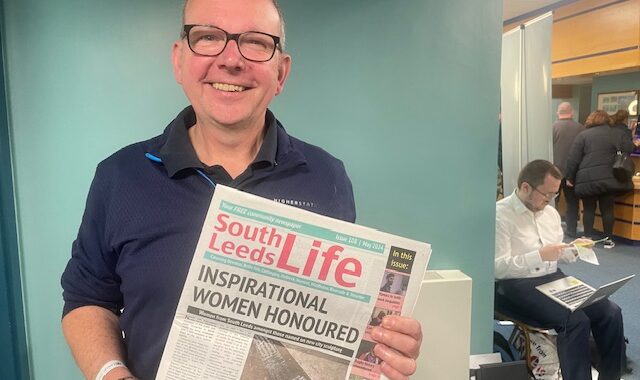Access to independent information about what is going on locally is essential to a healthy democracy and vibrant community. News, views and information are the life-blood of engagement and action.
For most of us above a certain age, that means having a local paper which informs and entertains, a paper which knows its patch and represents its readers, one that enables local connections. Even if we don’t buy it every week, we know it’s there when we need it … except increasingly, we don’t, and it isn’t.
The UK Press Gazette has been charting the decline in local and regional newspaper sales for some time and noted last year that the trend is accelerating fast – down 10% in the first half of 2013. This might feel significant enough in itself, but it is only half the story.
Technological revolution
A quick backward glance shows us that the seemingly-always-there tradition of local newspaper publishing is in fact the result of the social and technological revolution seeded in the 18th century, developed quickly during the 19th and reaching its zenith during the 20th.
In the beginning, most print publications were – by necessity – very local indeed. Then structural changes in methods of production, distribution, finance, as well as markets for advertising, led to the group ownership and mass readership for regional papers that we still recognise today.
So in the midst of another – this time technological and mobile – revolution, it is no wonder that newspaper sales and advertising revenue are in precipitous decline. But this change does not mean that human beings have lost their desire to know about, to comment on and to influence the matters closest to them.
News by other means
So the other side of this story continuing access to news by other means. There is once again an increased plurality in who and how news is being gathered, set out, consumed and engaged with. There is room here for innovation and for true entrepreneurship – social and economic.
Spurred by new ways of gathering and sharing news, community journalism has emerged as a way of filling the news gap left by the contraction of local newspapers.
It’s hard to say exactly how many of these “hyperlocals” there are in the UK – but it is certainly in the hundreds, probably in the thousands. Some are run by journalists, others not. Some make money and can pay staff, most not – or not yet. Some are here to stay, others for the short term.
Let’s look at a few of these. When the papers closed in Port Talbot, research conducted by Cardiff University suggested that 88% of residents still wanted local news. With widespread support from the community, a group of journalists set up the Port Talbot Magnet as a cooperative. Initially published online, it now also has a print edition.
Wrexham was set up by three young men in 2011 to serve their town of 63,000. Today, they have had 7m page views and nearly 14,000 Twitter followers. Their content stays fresh through Twitter input from readers and it is syndicated to bigger groups who pay, as do local advertisers.
The rise of the hyperlocal
Those establishing such hyperlocals are riding on the crest of a powerful wave of change. Ofcoms’ market report for 2013 found that around four in ten claimed to be using local news websites or apps – that’s 38% more than two years ago.
Of course, it is the increase in availability of mobile technology that is driving much of this change. In the last year, ownership of tablet devices more than doubled – from 11% to 24% of households.
The sector has huge potential for carving out new online spaces created by and for communities. In an everything-everywhere world they have the advantage of authenticity and immediacy. Like all emerging areas of enterprise, however, there is a need to nurture and network practitioners, to learn more about what is happening and what the keys to success appear to be.
As you read this, someone, somewhere will be starting a hyperlocal or tweeting a piece of news to a community group. Some of them will go on to establish the new generation of commercial local news. Most will create a shared space for a community, accessible at all times and claiming attention alongside the big, anonymous, far-away brands. This return to the origins of newspaper journalism is something to be celebrated.
Sara Moseley is Development Director and Visiting Fellow at Cardiff University’s School of Journalism, Media and Cultural Studies.
This article was originally published by The Conversation. Read the original article here.
Image accompanying this article is copyright Tuija Aalto.





